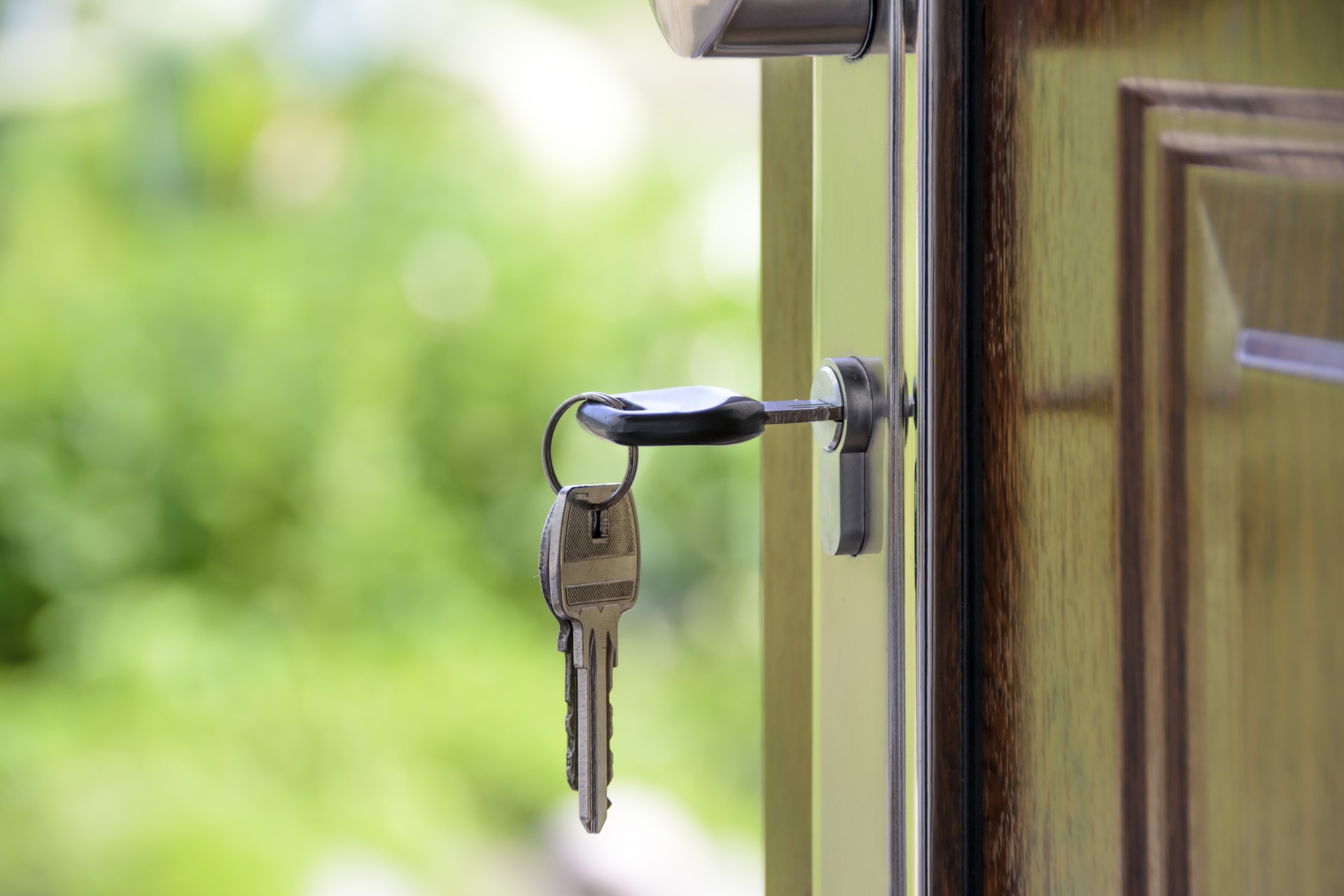News
First Home Super Saver Scheme
One of the hottest topics for our younger generations is; how do they effectively get into the home owners market? We have seen that an individual’s capacity to enter the market has reduced significantly over the past 40 years, as we have seen consistent increases in property prices at a higher rate than our average wage increase.

As a first home buyer, the prospect of saving a $100,000 deposit can be an extremely daunting task. However the reality of this isn’t so far-fetched. With new rules, some discipline, motivation, and some sound financial advice, it is starting to become easier to save for your first house.
In December 2017 the Liberal government introduced what is called the First Home Saver Super Scheme. This new bit of legislation allows a first home buyer to utilise their retirement savings to help them save for a house. The end result is that you can save your money in a superannuation fund and lock it away until you’re ready to purchase a house. By doing this, the government will give you a tax saving of up to approximately 15% on your savings.
Now how does it all work? Well there are some pretty strict rules around how much you can contribute, what tax savings you can get, when you can access the funds and what happens if you don’t purchase a property.
The simple side of things is that you are allowed to contribute up to $15,000 per year (up to $30,000 in your lifetime) to superannuation with pre-tax money. This money would be taxed at 15% in your superannuation fund, as opposed to your marginal tax rate (which can be anywhere from 0% – 45%). These contributions can be made by salary sacrificing to superannuation or making a personal deductible contribution from your bank account. Now depending on how much you earn, there can be a tax advantage in that. Once the funds are in your superannuation fund, you can apply to the ATO to have those funds released after 1 July 2018. Then as long as you are purchasing a house within 12 months, those funds will be taxed at your marginal tax rate with a 30% rebate. The end result is a tax saving of approximately 15%.
One thing to note; if you are looking to go down this path, you really need to read up on the rules, or seek advice from a qualified financial adviser. If the process isn’t followed properly, you may end up paying more tax than you require, or even have your funds stuck in your superannuation fund until the age of 65 (or older if they change the rules).
For those of you looking to save for a house, this will be a great tool to use to assist you in your plans. This is because it will move those funds to an area where they are not accessible for day to day spending and provide you with a tax effective strategy to help you save for a house.


